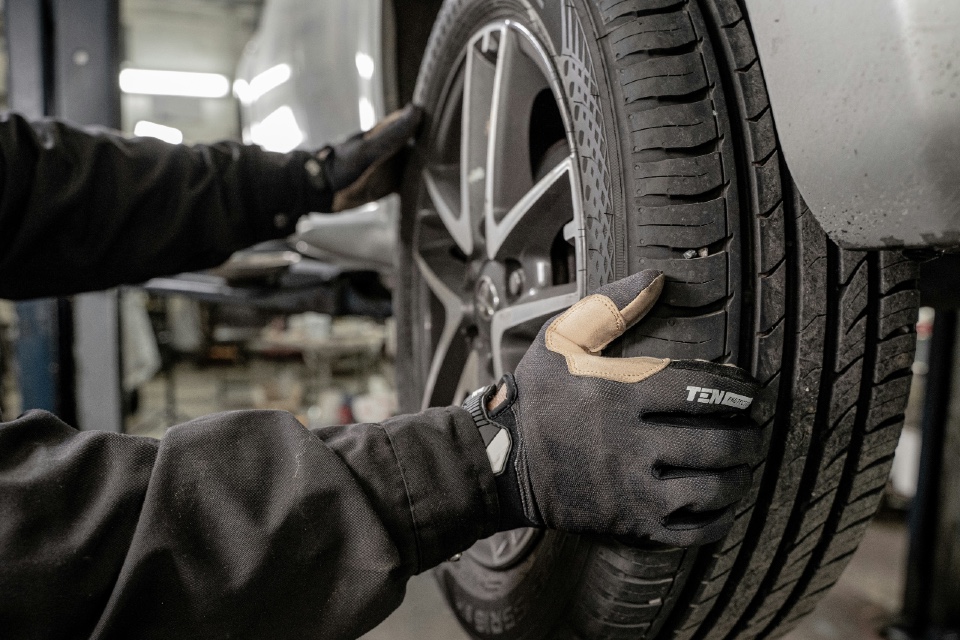Service, maintenance and repair ‘becoming increasingly complex’ for fleet managers

Fleets need to be aware that service, maintenance and repair (SMR) is becoming increasingly complex as new manufacturers enter the UK market. That’s according to outsourced fleet management provider i247 Group, which is flagging SMR challenges caused by some of these new manufacturer entrants, who have yet to develop their fleet aftersales processes. With often […]
FLEET SOFTWARE MONTH: Why vendor financial models matter for route planning viability

Most distribution companies keep their route planning solution for 15 – 20 years before replacing it. Today, more so than ever before, within that timeframe businesses, industries, economies and technologies undergo significant change. Distribution business models need to ensure they change in step, which in turn means their route planning solutions need to evolve and […]


